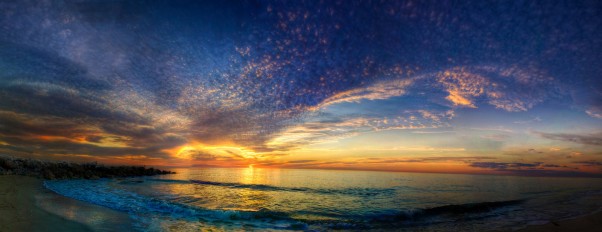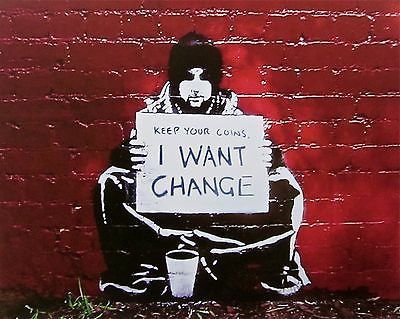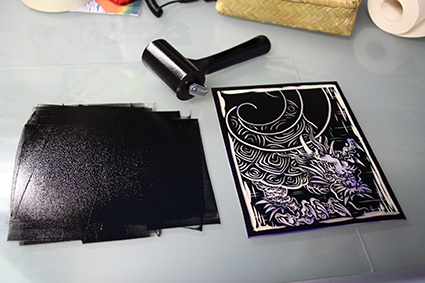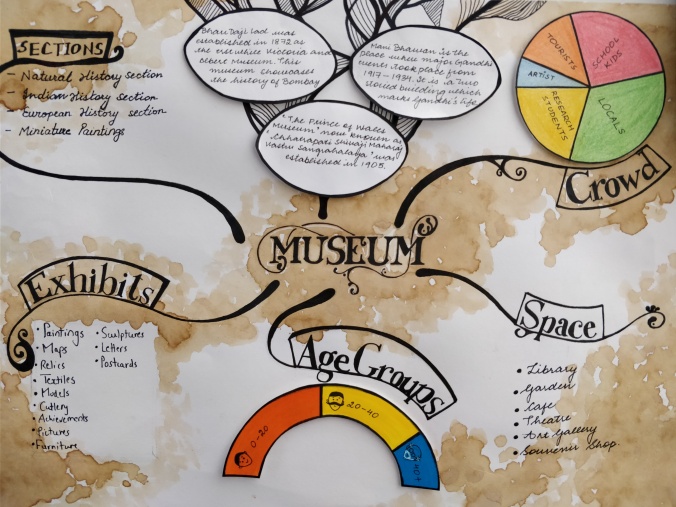Week 14 – 2/4/18
Ma’am called us in groups (principle vice) and told us about how we should start our research. She gave us format which we have to follow while documenting our research.
Week 14 – 2/4/18
Ma’am called us in groups (principle vice) and told us about how we should start our research. She gave us format which we have to follow while documenting our research.
Week 13 – 26/3/18
Last class we were given a set of readings out of which we had to select one and write our understanding on it. I choose the one which said, ‘Graphic Design History: Past, Present and Future.’ I got to know a lot about Graphic design and its history. I also wrote my understanding on sticky notes and stuck on it.
Ma’am called us in groups and discussed about our readings. She saw the notes that I made and asked me to read the paper again and write some more notes.
Week 12 – 19/3/18
DESIGN BRIEFS:
Photography is the art of capturing the view. A photograph allows to collect memories that can be remembered lifelong. Capturing moments of all the events that happen life from birthdays to marriages, everything. It enables to relive that moment and when all these pictures are put together, it can actually narrate lives. One photograph can have a multiple meaning depending on the person’s perspective. Photography is a powerful language which speaks to one’s emotions.
Landscape photography means to be involved with nature and the elements and an escape from the artificial world. It typically capture the presence of nature but can also focus on man-made features or disturbances of landscapes.
Color theory also plays a very important role in photography. Color theory is the technique of combing specific colors in a way that they are harmonious, or in other words, just look great together.
By following the rules of photography one can click amazing pictures: rule of third, balancing elements, leading lines, symmetry and pattern, viewpoint, background, depth, framing, cropping and experimentation.

Just like how we paint on paper, graffiti is done walls using spray paints. The technique and the style used in graffiti is different as it is done on walls. It not only makes the wall beautiful but also leaves a very important message for all those people who look at it every day. Graffiti is often also done to convey some message to the people, it also acts like a media for mass communication. Some say graffiti is art where as some say graffiti is vandalism. How and when can you say if it is actually art or just vandalism? Should graffiti be legally allowed or should it be banned?

Linocut is a printmaking technique. It’s an alternative of woodcut where a sheet of linoleum (sometimes mounted on a wood block) is used as the base surface. Materials required to do linocut are: linoleum (or an alternative base), carving tools (v-shaped chisel, sharp knife, and gouge), printing inking, paper or fabric (on which it would be printed), roller (or brayer), burnishing tool. A design is drawn (mirror image) on the linoleum surface and then cut with a sharp knife, v-shaped chisel or gouge. Once the cutting is done, the linoleum sheet is inked with a roller (called a brayer) and then imprinted onto the required fabric or paper. It is a very easy and an amazing way of printing as it’s so inexpensive and it can be done at home or in studio.

In class today, we were given a list of readings for every specification. We had to select one which we’d like to read and then write notes on it. This will help us understand our course better.
Photo references:
https://improvephotography.com/416/30-tips-sunset-photography/
https://in.pinterest.com/pin/792070653183859287/
http://www.inkographic.com/linocut-printing-process/
Week 11 – 12/3/18
In the last class we selected 5 words from our mind map out of which we short listed 3. We also had to write our understanding on our future principle. Here is my understanding of communication design …
Communication design is everywhere. Be it an app or an advertisement, a website or a poster, a video game or a book cover, all these are examples of communication design. It is a way of communicating with the people using designs, symbols, etc. Communication design requires creative, technical and drawing skills.
It is very important how you communicate with the target audience. It is also very important to research who is your target audience is and what are their needs. Using of appropriate colors (using color theory), semiotics, fonts, printing methods, etc. are some of the key things to keep in mind while doing communication design.
Graphic designing, logo designing, print making, visual communication, advertising, film making, animation, game design and many more courses are open after getting a degree in communication design.
We had to write the design brief for the 3 words that we selected from the mind map. The design brief must include our understanding of the word and the reason why we chose the word. The three words that I finalized are: photography, lino-cut and graffiti. The design brief is to be submitted by next class.
Week 10 – 5/3/18
Invisible cities (reflection)
The author final reaches the city of his dreams after stopping by wild regions. The city’s name is Isidora. It’s a city where you can find spiral stairs, a place where the perfect telescopes and violins are made, where a foreigner always gets encountered by a third women when he’s hesitating between two, where a small fight turns out to be a huge one. The city was just the ideal city that the author had ever imagined but there was only one gap, the dream of city contained him as a young man; he arrives the city in his old age. He watches the young go by as he sits on the wall in the square. Desires are already memories.
In this chapter the author talks about a city names Argia which is very different from other cities because it has earth instead of air. By that the author is telling us that the city is so dirty all clustered up that it’s even difficult to breathe in there. He tells about the dirty streets, how small the rooms are – like if you enter it, your head is almost touching the ceiling. He talks about how the stairs are positioned in a negative that it is practically overlapping. He compares the layers of the rocky terrain hanged on the roof of the house to the skies with cloud. He doubts if the locals could even walk in there or broaden the worm tunnels. There are cracks where the roots twist, the humid is nearly destroying the people and as a result they’re left with very less strength. It’s so gloomy and dangerous that it seems that it’s better if no one moves.
Nothing of Argia could be seen from where the author was standing. When someone says, “it’s down below there,” all you can do is trust them. The place is abandoned. He says that if you put your ear to the ground at night, you can sometimes hear the door slam.
Today was the 10th week review. We had to make a map of our course for our studio class which we discussed in class today. Ma’am asked us to select 5 words from that map. For the next week we have to write a brief on our specialization for the next year with respect to the words we selected from the map.
Week 9 – 26/2/18
Since our last project was ended in a much unexpected way, ma’am started the class by giving a gist of the new project. She introduced to us the novel ‘Invisible Cities’ by Italo Calvino. We talked about the book and the different chapters in the book. Each chapter had a very interesting name. We also read a couple of chapters in class and we came to know that the author is surprisingly taking about the same city throughout the book. I loved the way the author has described his experience and the city so well. It’s so well explained with so much details that one could actually imagine how the place would look like.
We discussed Mumbai as city in class. We told random words that we can connect to the place Mumbai.
For next class we have to read 2 chapters from the book ‘Invisible Cities’ and write our reflection.
Week 8 – 19/2/18
The class started with discussing about critical thinking. Critical thinking is basically done to analyze and evaluate an issue to form a judgement. We paused our project and watched a documentary for this class ‘Exist through the gift shop’. We spoke about Banksy, the street artist and also about the other artists. It was an amazing documentary and I loved the street art and the graffiti done in it.
After the movie, we were given a set of questions which were related to the movie – street art. For the next class we have to answer those questions.
Week 7 – 12/2/18
We discussed our design brief with Prarthana ma’am individually and she gave us feedback on how we could reframe the sentences as we cannot demand for anything. She liked our design brief but asked us to make some changes. Here is my group’s design brief:
Design Brief:
Client: Museums in Mumbai city-
Problem Statement: The unified problem identified in the ecosystem points out the signage and communication medium used to guide the public around the place, which is supposed to increase the efficiency of crowd movement. The communication system used to make the place more interactive for public, is undeveloped in these places.
Scope: This project is expected to deliver to the public of Mumbai, as well as any person who is visiting the museum. The impact it will have will be wide, as making museums better for the visitors is an opportunity for us. It will cater to the betterment of the space, as delivering what the museum has to show
Stakeholders:
Week 6 – 5/2/18
Today in class we had an extensive discussion about things that we come across a design field. We talked about what a design brief is – it’s a proposal given by client including his requirements. Then it’s up to the designer to take the proposal or to not. This is how a design brief is made: it includes 4 things: client, deliverables, scope and timings. All of these points help in the effectiveness of a design during a design process. It further looks into the objectives budget, schedule, target audience, scope, available material/ resource and mandates. At the same time it’s important to give importance to the target audience.
Next we talked about the stakeholders. Stakeholders are the things and the people that are directly or indirectly connected to the ecosystem. Audience can be the stakeholders. Since my ecosystem is a museum, stakeholders of the museum can be the tourists, visitors, donors, etc.
Then we had to sit in our groups and make a design brief for our topic and present it in next class.
Week 5 – 29/01/18
Today was the 5th week review. We were given an hour to prepare for the presentation and then both Sonia ma’am and Prarthana ma’am took the review together. We were called in our groups and then we had to present our individual work as well as the mind map. Here are some pictures of my 5th week work…

Once we were done with our presentation, both the ma’am gave us feedback on our work. The main thing that was missing in our presentation was the secondary data. We had done our primary research and made our observations, but we didn’t have any proofs to support our work.
Prarthana ma’am took an extra session with us to tell us more about the project. Since all of us were searching for the problems in our ecosystems, ma’am told us to not do that. Instead we closely observe our ecosystems and note things, which will eventually lead us to find design gaps and solutions for the same.